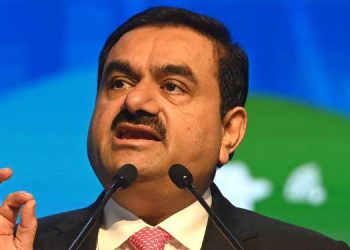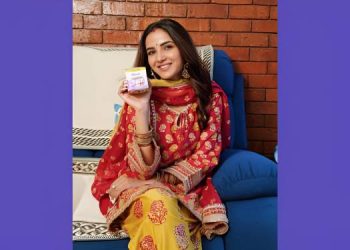Mumbai: Every year during the festive sale, a steep competition is observed between online shopping and traditional shopping. While offline stores enjoyed complete dominance a decade ago, the tables are drastically turning with 48% of the consumers directly commenting that they prefer online shopping over traditional brick and mortar shops. Capturing all such conversations on Twitter in real time Germin8, a Social Media Intelligence Company releases Consumer trends in Diwali shopping report.
Statements such as “My mom is taking us ‘Diwali Dress’ shopping today,” have become ultimate throwback to the 90s! Consumers now are highlighting that factors such as Better Prices are one of the major reasons why they prefer online shopping over traditional shopping. Some more reasons observed are:
The time, effort and aesthetics of the process inconveniences linked with traditional style of shopping; such as the thick traffic jams, the heavy crowds, the physical effort all push them in favor of online shopping.
Consumers suggest that the shop owner can no longer sit idle and expect consumers to just walk into their shops if they don’t take any efforts to deliver to additional festival requirements such as better prices, improve aesthetic of their stores, maintain more hygienic washroom and provide better parking facility
Consumers are turning a new leaf and exploring newer ways of catering to their demands irrespective of age, with Traditional shopping being considered as something from the past
There has also been a rise in what consumers often call “Sensible shopping” (10%) where consumers suggest that the “Consumer culture” is losing its hold and the buyers are more educated and spending wisely
Some other reasons suggested for a drop in buyer spending include a fear of economic slowdown (13%) among consumers and well as a belief that there has been reduced flow of black money in the market
Below are some of the changes observed in the past year from Buyers to Sellers:
- Apparel (39%) followed by E commerce (26%) have invested the most on social media content for Diwali
- Almost 64% of the content put up on social media were Images. 68% and 64% of the content for Apparel and E commerce brands were as images
- Mostly all the brands went ahead and created their own custom festival Hashtags for the season while only 38% of the posts which contained hashtags used generic ones such as “Diwali” and “HappyDiwali”
- Though 38% of the content put up by these several brands on social media were Promotion Posts it was Greetings (26%), Contest (7%) followed by Offer (19%) Posts which had the highest engagement per post
- Video Greetings and Image posts put up by brands for Offer and Contests gathered significant engagement
- While mostly all brands invested in Promotion, Greetings and Offer Posts mostly Apparel and E Commerce brands invested on Contest posts on social media
- It is interesting to note that rather than commenting to Apparel, E commerce, Food or Automotive brands users tend to communicate more with posts put up by Banks and Financial service. They use the posts as a venue to raise complaints and concerns as they feel the brand will lend them more attention
Dr Ranjit Nair (PhD AI), CEO and Founder of Germin8 Solutions, stated, “We, at Germin8, use Germin8 Social Listening™ which helps us understand the current public interest and sentiment on various trending topics happening in India. Germin8 collects conversations from across all social media platforms and using AI analyses these conversations in real time and converts them into industry-specific actionable insights. From the social media analysis of twiter, it is clear that online shopping is gripping a strong hold within the consumer community and thus it would be apt for brands to invest in advertising via social media content to boost themselves in the consumers eyes during the festival season.”
Below are few suggestions and actions which will be helpful to brands:
- Greeting the consumers on the festival occasion and putting up interactive posts in the form of competitions is another successful way to garner engagement with least investment.
- Opting for generic and more well-known hashtags by the consumers for the season and the brand can be far more useful than creating custom hashtags as the festival season is often short and consumers may pay least attention to them
- Proper ORM is necessary especially during festival seasons as both the brand and the consumers will become equally active on the social media platform. Thus, the consumers will tend to reply, react and comment more to their experience with the brand expecting to reach out to both the brand as well as a larger online audience

















